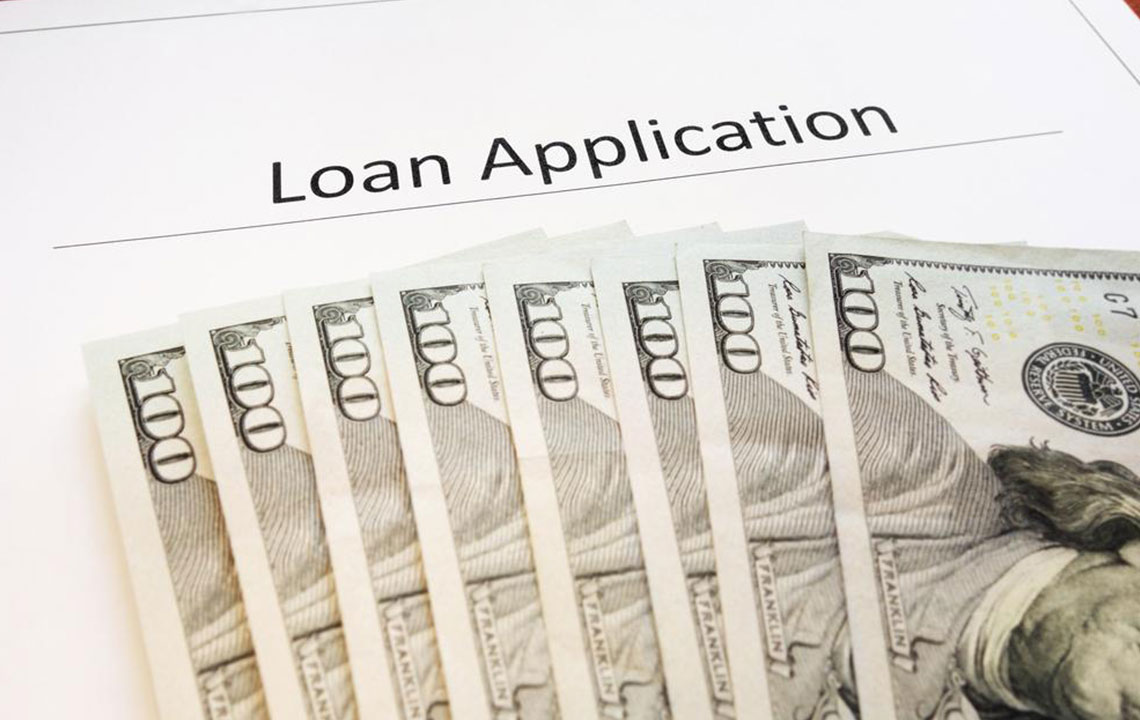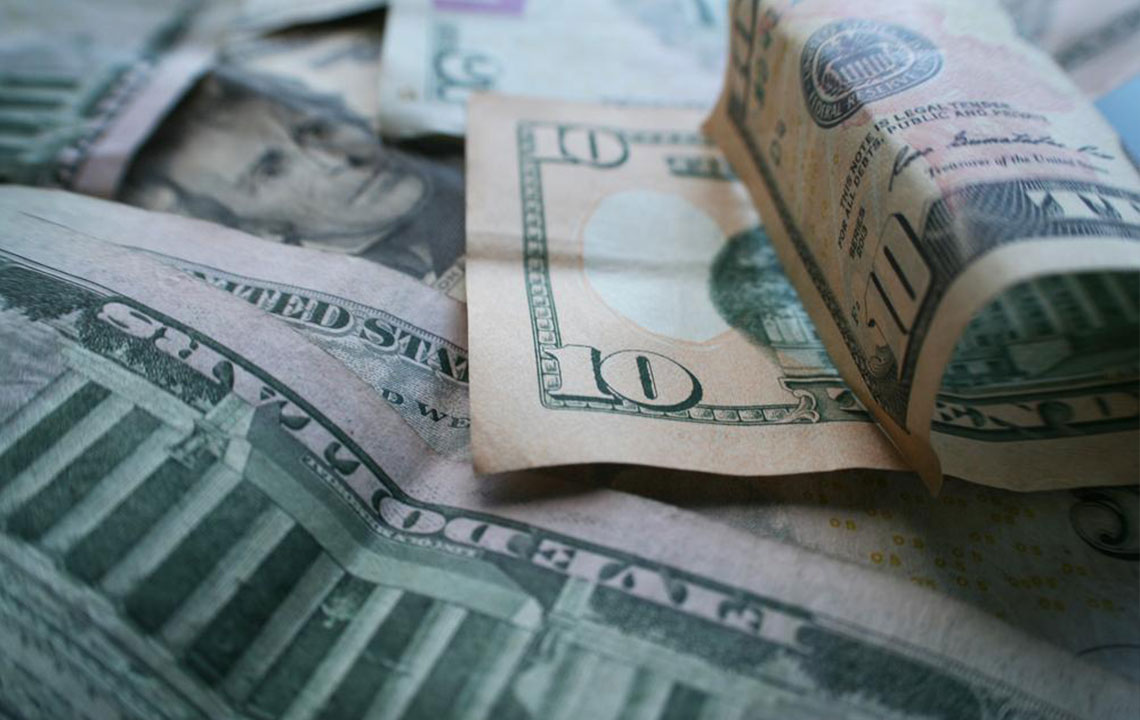Understanding the Differences Between Payday Loans and Instant Cash Advances
This article explains the differences between payday loans and instant cash advances, emphasizing their quick access, high-interest rates, and potential financial risks. It discusses regulations, lender criteria, and the importance of careful consideration before borrowing. Perfect for those seeking short-term financial solutions, the piece highlights the need for responsible borrowing to avoid debt cycles and credit issues.

Understanding the Differences Between Payday Loans and Instant Cash Advances
Payday loans are short-term borrowing options that provide quick access to funds, usually at high-interest rates. Borrowers receive the money swiftly, often by writing a personal, post-dated check equal to the loan amount plus a fee. On the due date, the check is cashed, making it a cash-in-advance type of loan. Typically, fast cash loans range from $100 to $5,000, designed for urgent financial needs.
Many lenders impose very high interest rates for payday loans, leading some regions to restrict or ban such practices altogether. In areas where allowed, the annual percentage rate (APR) generally varies between 30-40%. Lenders often use different criteria—some focus on income, others on credit history—to evaluate borrower eligibility. Online applications streamline the process, with funds transferred electronically and repayments withdrawn automatically.
While fast cash loans may provide temporary relief, they can worsen financial strains if not repaid promptly. The high-interest charges add to debt, and missed payments may lead to additional fees, creating a cycle that hampers credit improvement efforts. Borrowers should consider these factors carefully before opting for such short-term solutions.










